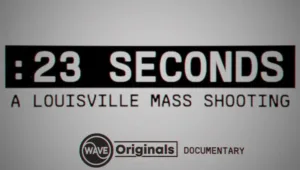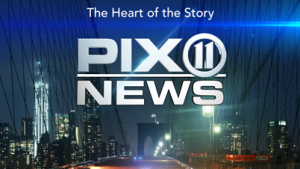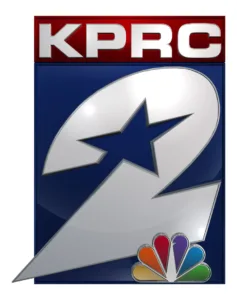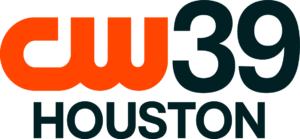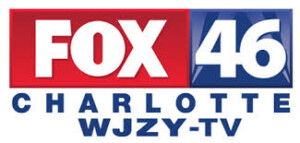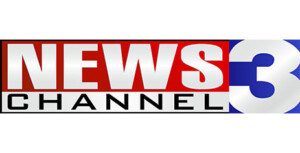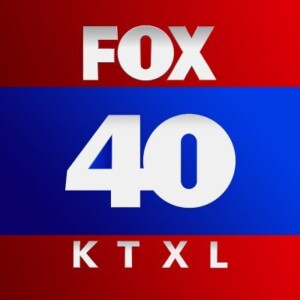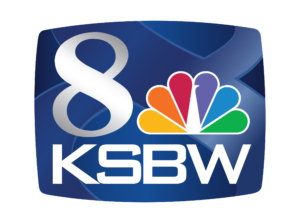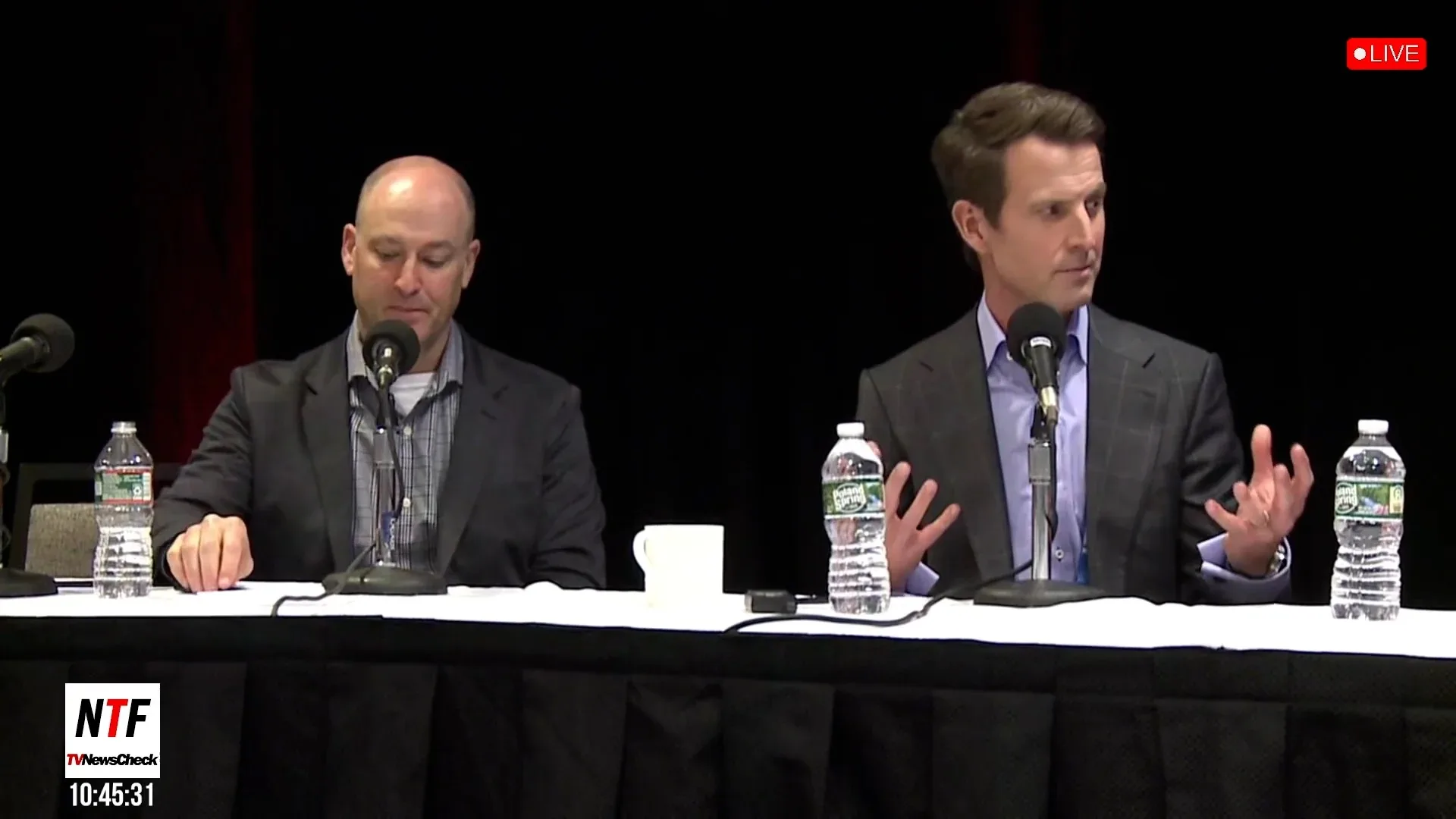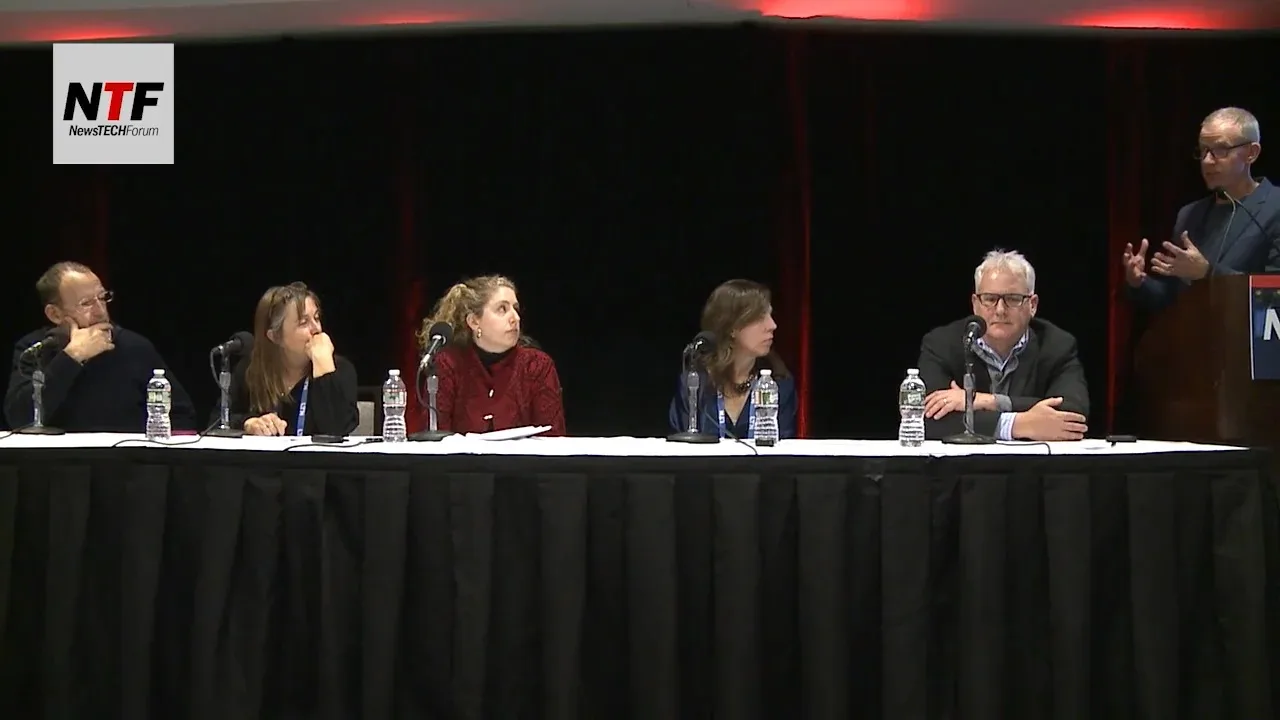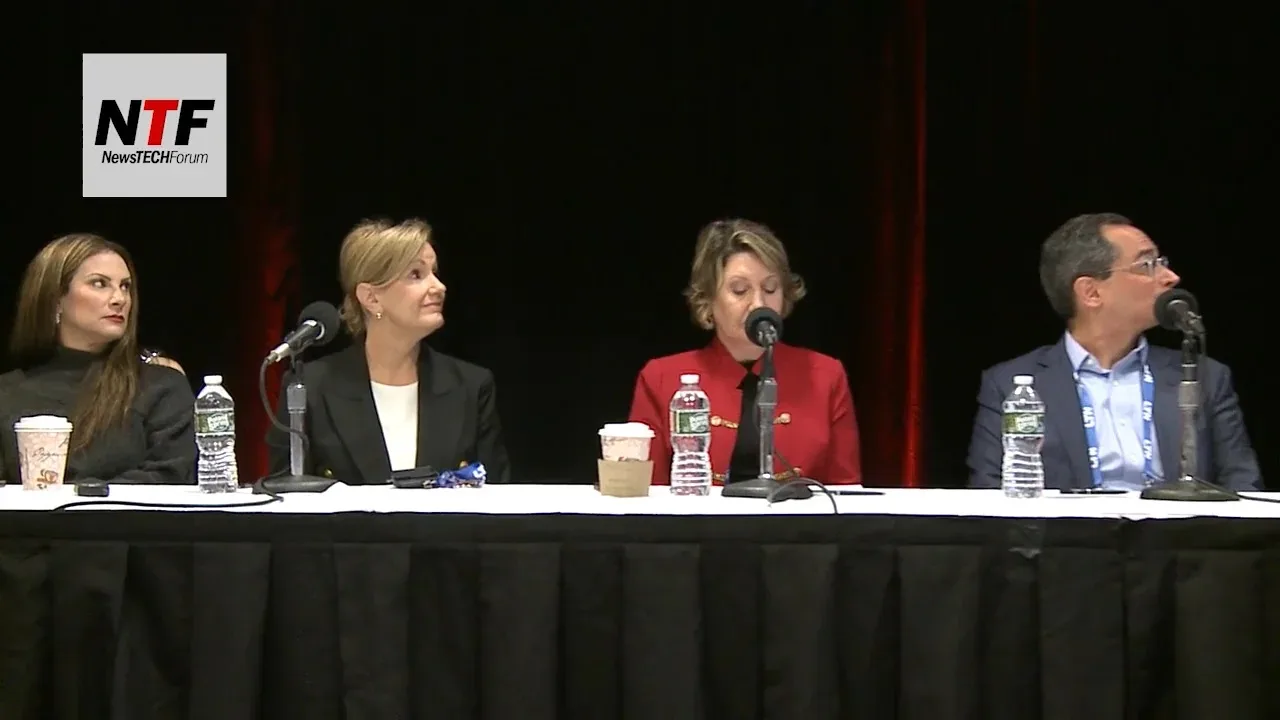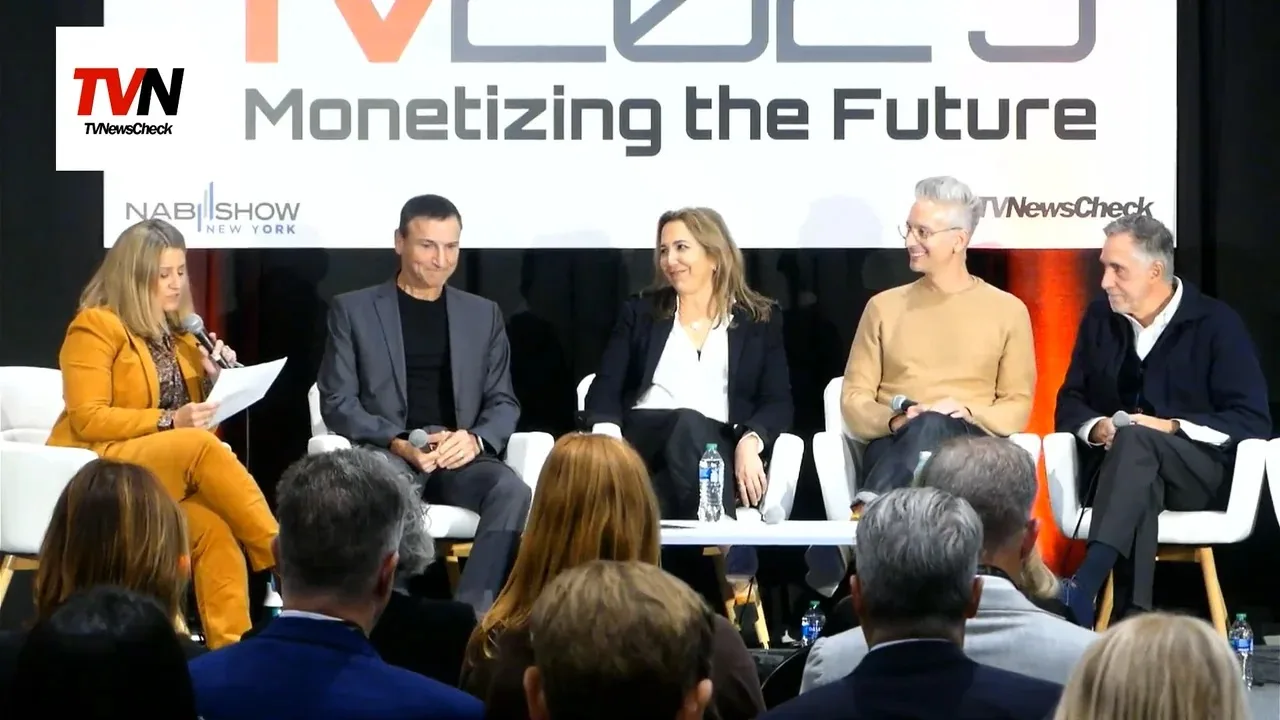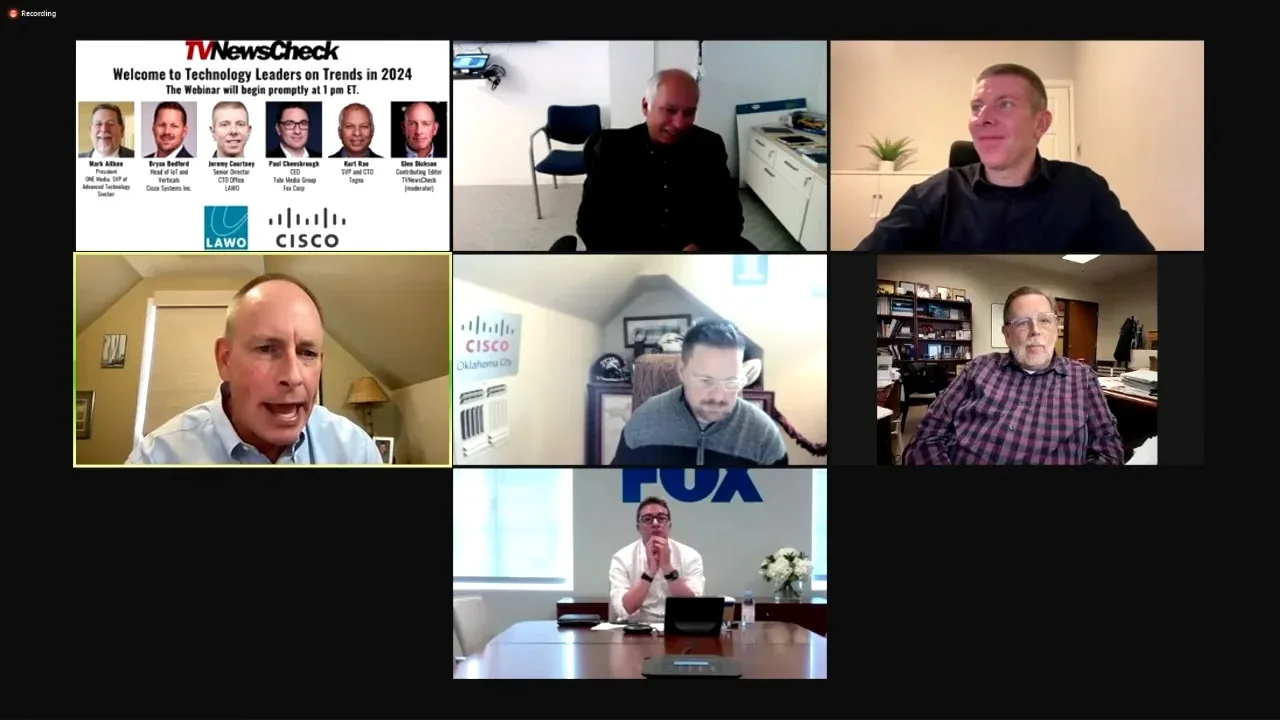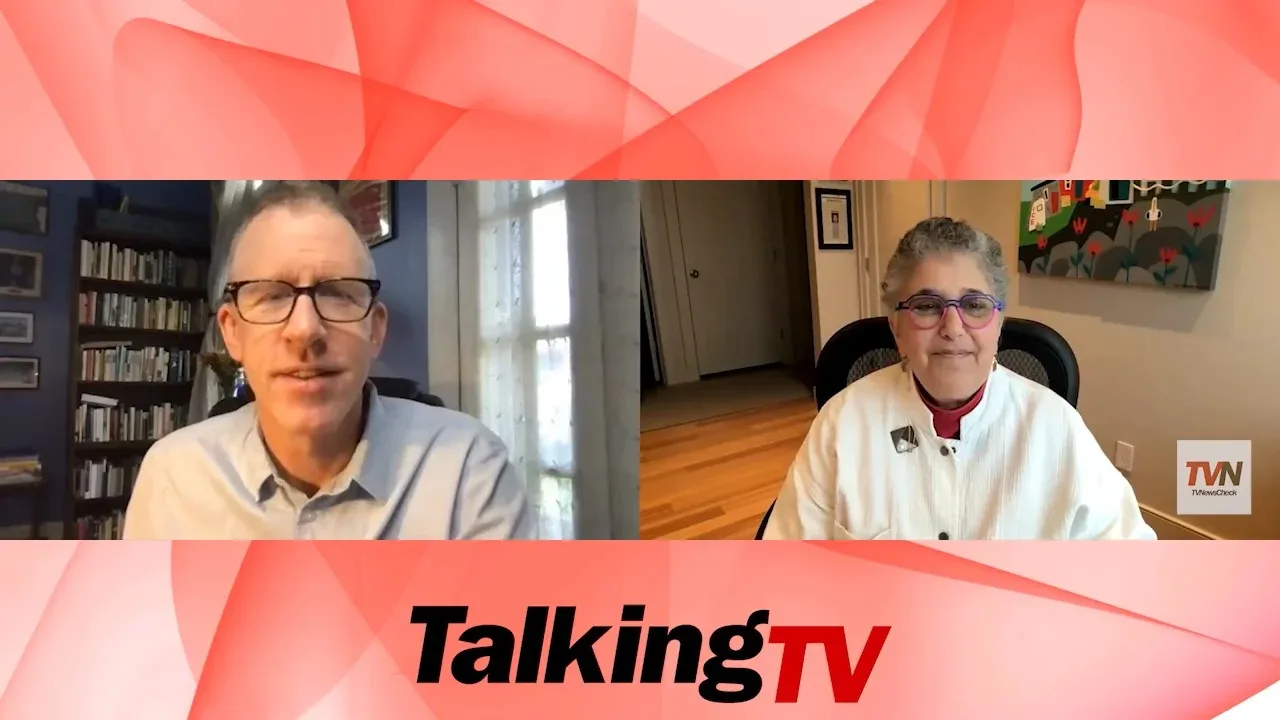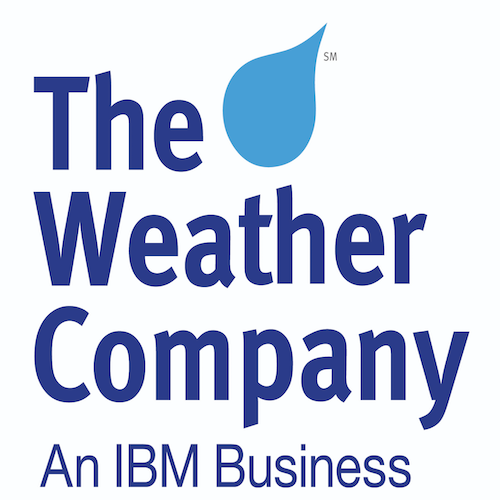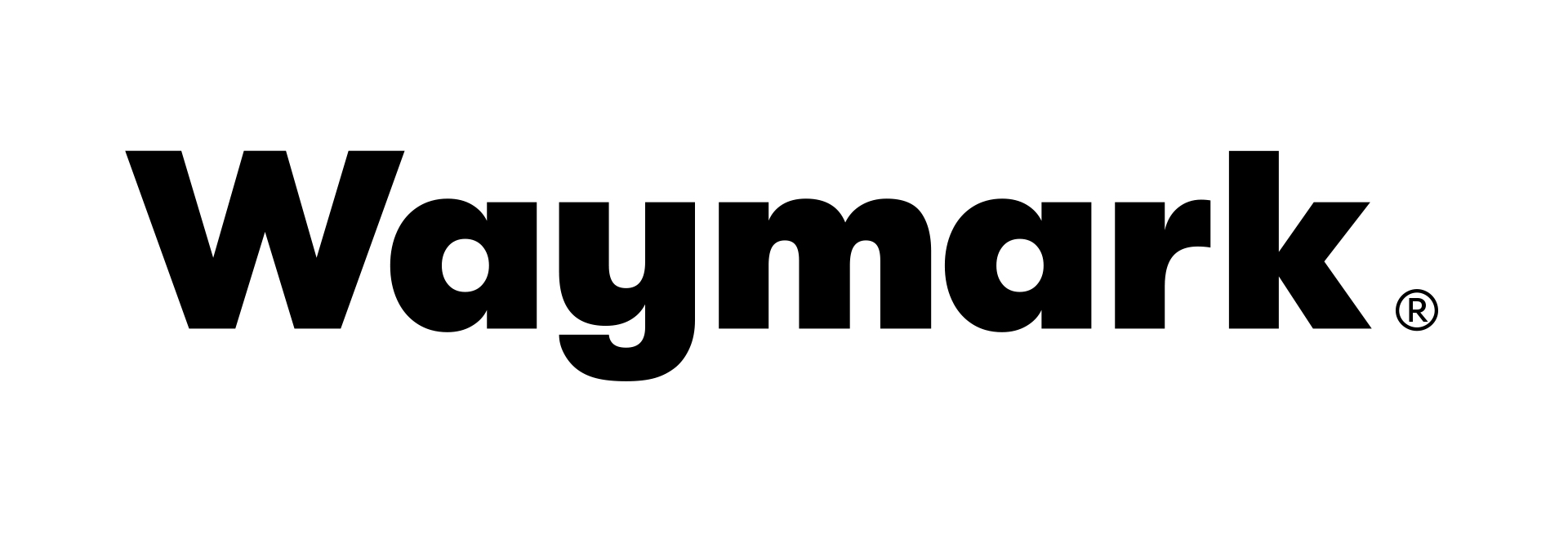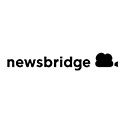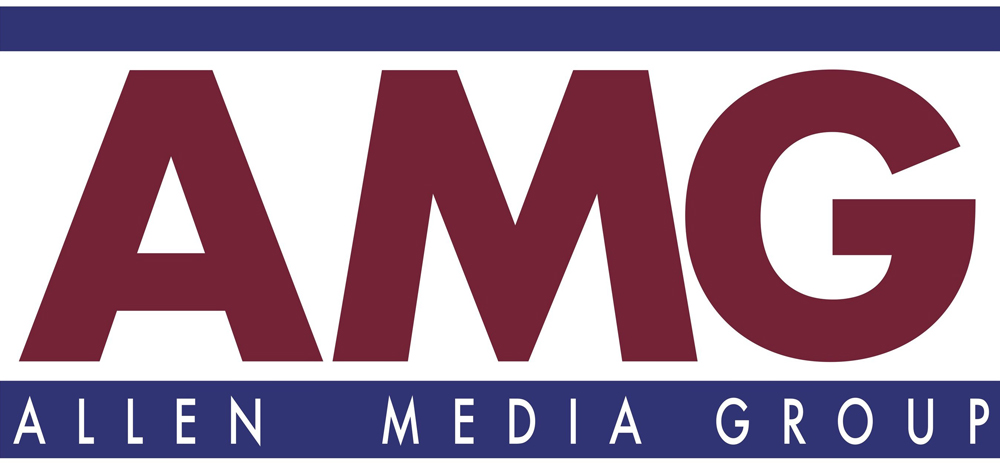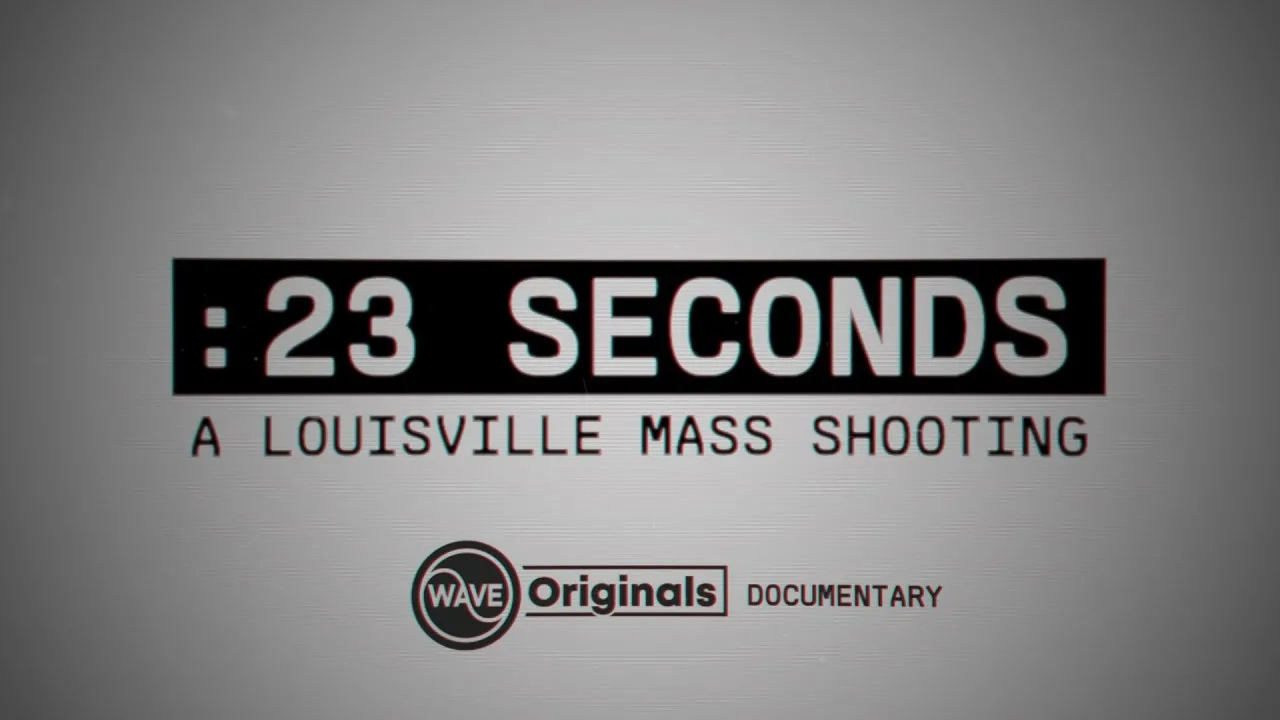CBS continues to be more optimistic about broadcast TV ad spending next year — forecasting flat revenues versus 2016. Other media estimates have projected single digit percentage declines.
It was a weak year for the U.S. TV ad market in 2014 and that softness is expected to continue this year, according to a new forecast from Interpublic-owned media buying and research firm Magna Global. It now expects TV ad revenue to decline 2.9% this year including the impact of political and Olympic spending, compared with its August projection of a 0.9% decrease. In 2014, U.S. TV ad revenues were up 3%, but factoring out political and Olympic TV ad sales they fell 0.4%.
The Wall Street Journal is reporting that the TV ad market suffered a brutal spring and summer, as national marketers reduced their spending. Now, as the new fall season nears, media executives are betting that ad dollars will return. Ad executives aren’t so sure. On Madison Avenue, the talk is that marketing tactics have changed. Decades-old practices of committing ad budgets months in advance are increasingly being discarded. Instead advertisers are taking advantage of new automated ad-buying technologies and the flexibility of social media and online video outlets to decide on ad buys shortly before they want them to run. WSJ subscribers can read the full story here
Big Political TV Spending In Dallas
A hotly contested Texas governor’s race is sparking big political ad spending in Dallas, where local media buyers say TV and radio inventories area already tight.
But the fourth quarter looks stronger with dollars pouring in to educate people about Obamacare. Auto, entertainment and fast food are also very active.
Retail Is Revving Up TV Spending In Charlotte
 In Charlotte, N.C., advertising from retailers and automotive are driving a healthy market, where spending is down only a bit from last year despite the lack of political ad spending. Third quarter has seen the market’s hot streak continue, led by a handful of categories.
In Charlotte, N.C., advertising from retailers and automotive are driving a healthy market, where spending is down only a bit from last year despite the lack of political ad spending. Third quarter has seen the market’s hot streak continue, led by a handful of categories.
Seattle: TV Spend Flat Compared To Last Year
 Seattle is a healthy media market with spending flat to last year following a strong 2012. Local TV spending is up this year, but that’s been offset by a decline in national spending. Auto spending has risen significantly and is driving the market, and casino spending has also been strong.
Seattle is a healthy media market with spending flat to last year following a strong 2012. Local TV spending is up this year, but that’s been offset by a decline in national spending. Auto spending has risen significantly and is driving the market, and casino spending has also been strong.
 Phoenix was one of the first major markets hit by the recession in late 2008 and early 2009, and now it’s one of the first to see a significant bounce-back, particularly where housing is concerned. That has helped contribute to a solid 2013 for the media economy, which is expected to finish the year better than 2012, despite the absence of political and Olympics advertising.
Phoenix was one of the first major markets hit by the recession in late 2008 and early 2009, and now it’s one of the first to see a significant bounce-back, particularly where housing is concerned. That has helped contribute to a solid 2013 for the media economy, which is expected to finish the year better than 2012, despite the absence of political and Olympics advertising.
Latest Forecast: 2013 Looks Like A Bummer
Ad spending will dip 1.4% in first quarter and be flat for the year, with advertisers feeling uncertain over the economy. Call it a fiscal cliff hangover.
Auto And Political Drive Spot TV Gains
With a major boost from political spending and a resurgence in the automotive category, spot television saw its first quarterly gain in a year during first quarter 2012. Total spending was up 2.6%, according to Kantar Media data analyzed by the TVB, which includes 662 local English-language stations and 71 Hispanic ones.
Ad Spending Is Back On The Rise
After fourth-quarter spending fell 1% to close out 2011, ad spending is moving back up again. First-quarter ad revenue rose 2.6%, according to numbers released this morning by Kantar Media, paced by big gains in spending on sports television.
TV Spending Tightening Up In Baltimore
 Media markets around the country are tightening up with political dollars funneling to TV. Baltimore is seeing tight conditions as well but without the benefit of strong political spending. After a slow start to the year, television spending and pricing now are up mid- to high-single-digits versus a year ago in response to high demand from a number of categories.
Media markets around the country are tightening up with political dollars funneling to TV. Baltimore is seeing tight conditions as well but without the benefit of strong political spending. After a slow start to the year, television spending and pricing now are up mid- to high-single-digits versus a year ago in response to high demand from a number of categories.
In 2011, Nielsen data shows total U.S. TV ad spending was $71.8 billion, up 5% from 2010. That looks to be the first time the number passed the $70 billion mark.


